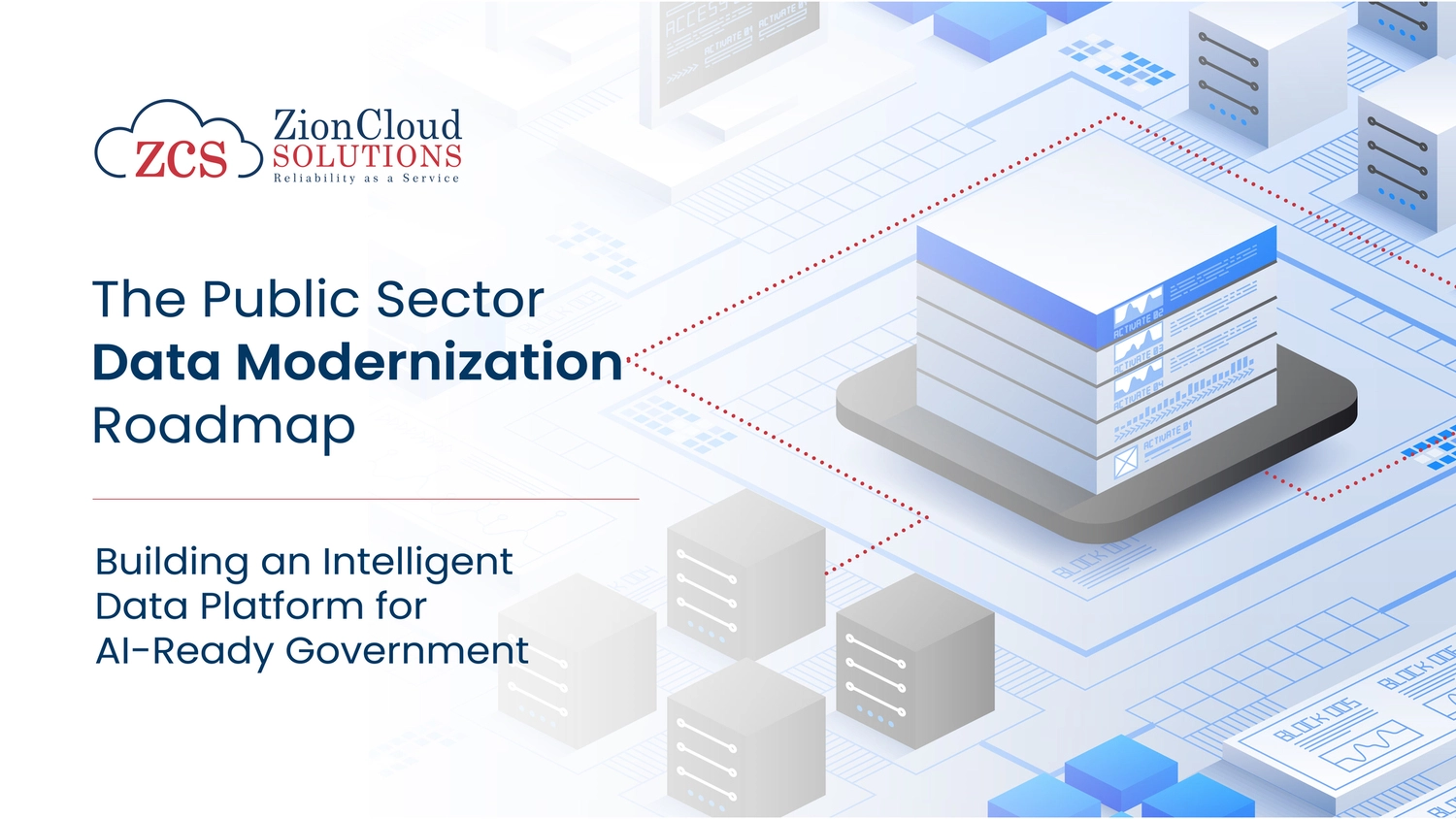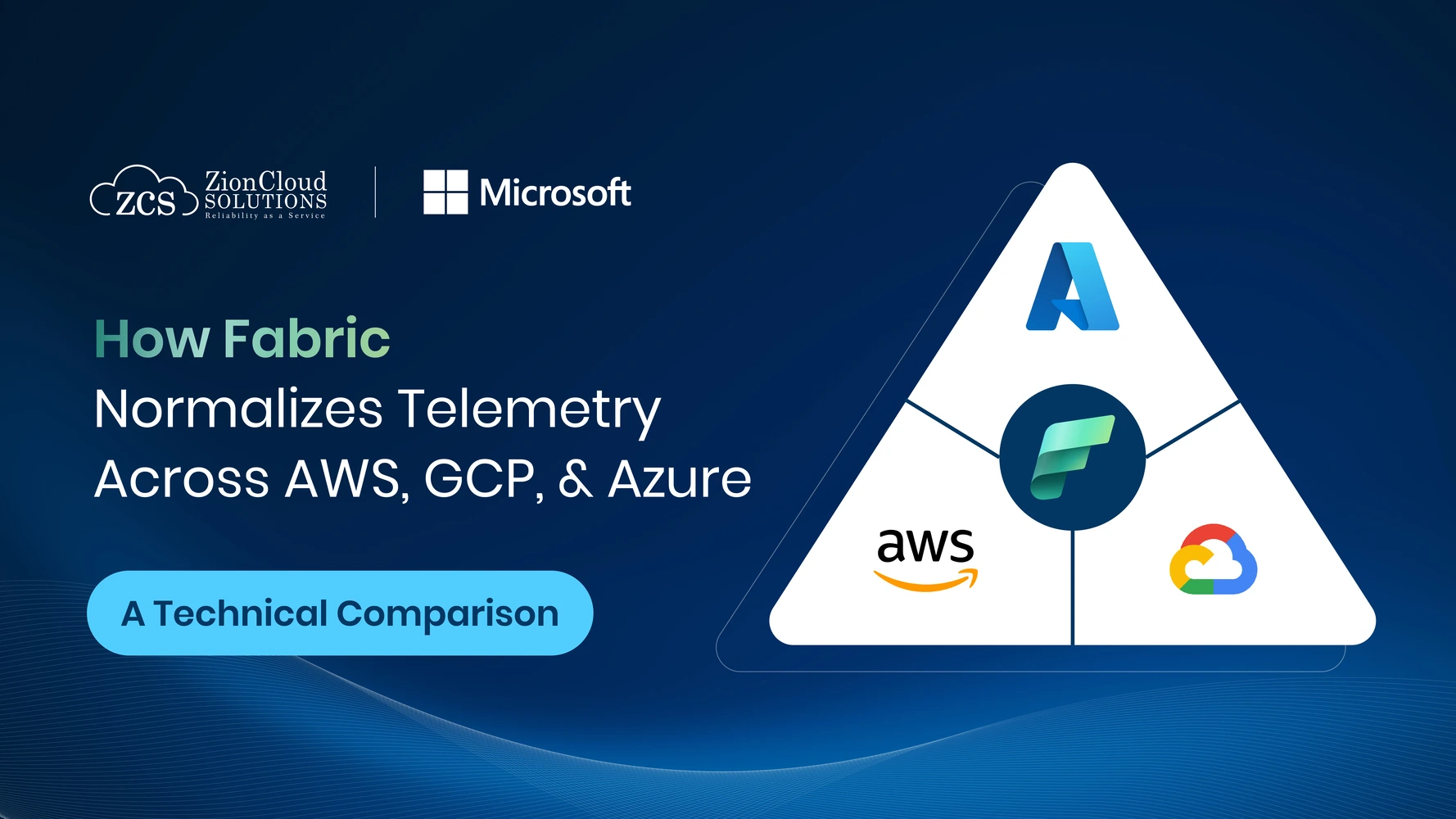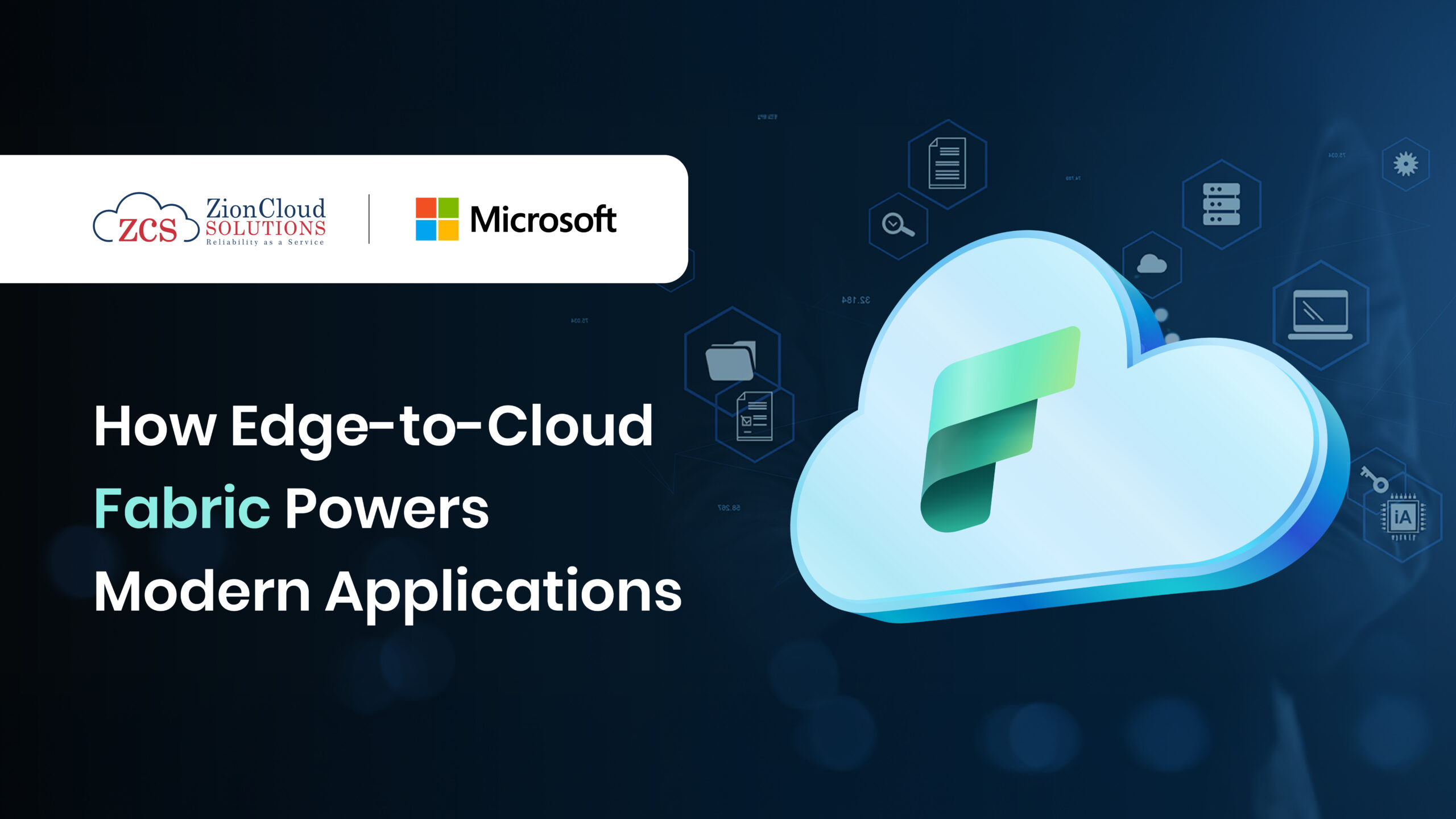The Public Sector Data Modernization Roadmap: Building an Intelligent Data Platform for AI-Ready Government
Apr 18, 2025 16:58 PM
In the public sector, “Digital Transformation” often stops at digitization—turning paper forms into PDFs. But for Illinois Public Sector Agencies, true modernization isn’t just about scanning documents; it’s about unlocking the intelligence trapped inside legacy silos.
Agencies today face a “Legacy Lock”: data is fragmented across SharePoint libraries, mainframes (DB2/SAP), and SaaS islands (Dynamics 365, Jira). This fragmentation prevents the real-time decision-making required for modern governance.
At Zion Cloud Solutions (ZCS), we believe the answer lies in moving beyond simple data migration to building an Intelligent Data Platform (IDP). This guide outlines our architectural blueprint for turning a legacy data swamp into a governed, AI-ready foundation.
- Modernization vs. Migration: Knowing the Difference
To build a future-proof agency, we must first distinguish between two often-confused concepts:
- Data Migration is simply “lifting and shifting” data from an on-premise server to a cloud bucket. It saves hardware costs but retains the “mess” of the original system.
- Data Modernization is the complete re-architecture of data flows. It involves transforming raw, unstructured data into trustworthy assets using automated governance, data quality firewalls, and scalable compute.
The ZCS Approach: For the IDP, we didn’t just move the agency’s data; we modernized the entire lifecycle to support downstream AI innovations like the Generative AI Showroom.
- The Blueprint: A Medallion Architecture for Government
We architected the IDP using a “Medallion” layered approach, which creates a trusted supply chain for data inside Google Cloud BigQuery:
- Raw Layer (Bronze): The “Landing Zone.” This is an immutable copy of data ingested directly from sources like SharePoint and Jira. It serves as an audit trail for regulatory compliance.
- Processed Layer (Silver): The “Clean Zone.” Here, we apply Dataplex quality rules (e.g., “Completeness Checks” or “PII Masking”) to filter out anomalies and normalize schemas.
- Curated Layer (Gold): The “Business Zone.” This layer contains high-fidelity, aggregated views ready for executive dashboards and AI models.
- Navigating the “Legacy Lock”: 3 Critical Architectural Decisions
Building this architecture in a constrained public sector environment requires making tough technology choices. Below, we detail the specific trade-offs we navigated to solve the constraints of Technical Expertise, Budget, and User Adoption.
Decision #1: The Ingestion Engine (Cloud Data Fusion vs. Cloud Dataflow)
The Constraint: Agencies have diverse, legacy data sources (SharePoint, OData APIs) but often lack a large team of Java/Python engineers to write custom code.
- The Strategy: We selected Cloud Data Fusion as our primary ingestion engine. Its visual, low-code interface allowed us to rapidly build connectors for SharePoint and Dynamics 365 without writing brittle custom scripts.
- The Exception: We reserved Cloud Dataflow strictly for high-complexity transformations where performance tuning was critical, creating a hybrid pipeline that balances speed of development with raw power.
Decision #2: The Data Warehouse (BigQuery vs. Dataproc)
The Constraint: Moving away from “infrastructure management” to reduce operational toil and cost.
- The Strategy: While Dataproc is excellent for lifting existing Hadoop jobs, it requires cluster management. We standardized on BigQuery because its serverless nature eliminates infrastructure maintenance entirely. BigQuery’s ability to separate storage from compute allows agencies to store petabytes of historical data cost-effectively while paying for compute only when running queries.
Decision #3: The Visualization Layer (Power BI vs. Looker)
The Constraint: “Tool Fatigue.” Agency staff are deeply trained in the Microsoft ecosystem (Power BI/Excel) and may resist adopting a new BI tool.
- The Strategy: We adopted a Visualization Agnostic approach. While we leverage Looker for its superior semantic modeling and governance, we refused to block user adoption. We configured the IDP to expose the “Curated Layer” directly to Power BI via native connectors.
- The Result: Analysts work in their preferred tool (Power BI), but the data processing and “single source of truth” remain governed securely within Google Cloud BigQuery.
- Governance as a First-Class Citizen
In the public sector, trust is currency. We utilized Google Cloud Dataplex to weave governance into the fabric of the IDP. Instead of fixing data after the fact, Dataplex acts as a firewall, automatically rejecting records that fail validation rules (like missing EINs) and tagging sensitive columns (PII/PHI) to enforce column-level security policies.
Conclusion: From Silos to Innovation
By addressing these constraints with a deliberate architecture, the Intelligent Data Platform does more than just produce reports. It builds a “Clean Pipe” of data that fuels innovation.
With the IDP in place, the State of Illinois could confidently launch the Generative AI Showroom, deploying Vertex AI models for resume matching and automated redaction—capabilities that are impossible without a modernized, trusted data foundation.
Ready to modernize your agency’s data? Contact Zion Cloud Solutions to schedule your Data Modernization Assessment and start building your Al-Ready foundation today.
Related Blogs
Explore More
How Fabric Normalizes Telemetry Across AWS, GCP, and Azure: A Technical Comparison
If you’ve ever tried to build a single observability view across AWS, GCP, and Azure, you already know the reality:…

How Edge-to-Cloud Fabric Powers Modern Applications
Modern applications no longer sit quietly inside a single data center or depend entirely on the cloud. They live across…

OneLake Intelligence: The New Operating System for Enterprise Data
Every organization today is drowning in storage accounts, warehouses, lakes, pipelines, and layers of integration work that nobody fully controls…

